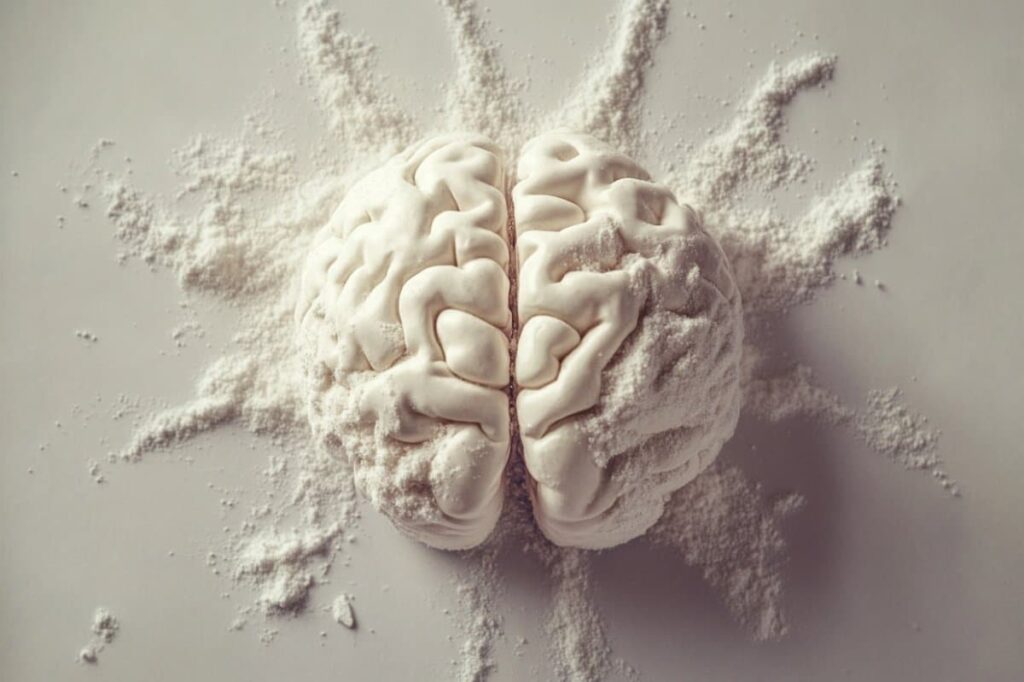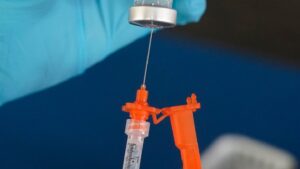
In a groundbreaking study, researchers have successfully engineered fruit flies that voluntarily consume cocaine, marking the first fly model for cocaine addiction. This development, led by scientists at the University of Utah, could revolutionize the way genetic and neurological mechanisms behind cocaine use disorder are studied. Typically, fruit flies avoid cocaine due to its bitter taste, but by disabling their bitter-sensing receptors, scientists encouraged addictive behavior within just 16 hours of exposure.
The significance of this model lies in its potential to rapidly test addiction-related genes, as fruit flies share many addiction-related genes with humans. This research could greatly accelerate the discovery of effective treatments for cocaine use disorder, a growing concern affecting approximately 1.5 million people in the United States.
Engineering a New Addiction Model
The research team, led by Adrian Rothenfluh, PhD, an associate professor of psychiatry at the University of Utah, has made a significant breakthrough by creating genetically modified fruit flies that can become addicted to cocaine. This model could prove immensely valuable for developing new therapies to prevent and treat cocaine use disorder.
According to Rothenfluh, flies and humans react to cocaine in remarkably similar ways. “At low doses, they start running around, just like people,” he explained. “At very high doses, they get incapacitated, which is also true in people.”
“Flies have about 75% of the human genes that are known to be involved in disease,” Rothenfluh noted, highlighting the potential of this model in addiction research.
The Bitter Barrier
One of the key challenges the researchers faced was overcoming the flies’ natural aversion to cocaine. Travis Philyaw, PhD, the first author of the study, suspected that the flies’ sense of taste was the barrier. “Insects are evolutionarily primed to avoid plant toxins, and cocaine is a plant toxin,” Philyaw explained.
By disabling the flies’ bitter-sensing taste receptors, the researchers were able to coax them into developing a preference for cocaine-laced sugar water over plain sugar water. This breakthrough allows scientists to study the biology of addiction in a controlled environment, potentially revealing new therapeutic targets.
Implications for Human Addiction Research
The creation of a fruit fly model for cocaine addiction opens new avenues for understanding the genetic and neurological underpinnings of addiction. “We can scale research so quickly in flies,” Philyaw stated. This efficiency allows for the rapid identification of risk genes that might be difficult to uncover in more complex organisms.
Rothenfluh emphasized the broader implications of this research: “We can really start to understand the mechanisms of cocaine choice, and the more you understand about the mechanism, the more you have a chance to find a therapeutic that might act on that mechanism.”
“Basic science is important, and you never know what exciting things you might find that turn out to be impactful for understanding the human condition,” Rothenfluh added.
Future Directions
With this new model, researchers can now study hundreds of potentially relevant genes in a much shorter time span, accelerating the pipeline to new discoveries. The findings, published in the Journal of Neuroscience, highlight the potential for fruit flies to serve as a model for experience-dependent cocaine self-administration preference.
The research was funded by the Huntsman Mental Health Institute, the University of Utah Molecular Medicine Program, and the National Institutes of Health. The study underscores the importance of basic research in uncovering the complexities of addiction and developing effective treatments.
As scientists continue to explore the genetic and neurological mechanisms of addiction, the fruit fly model represents a promising step forward in the fight against cocaine use disorder.







